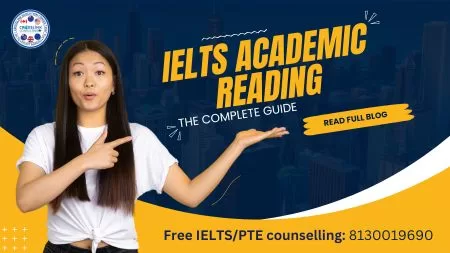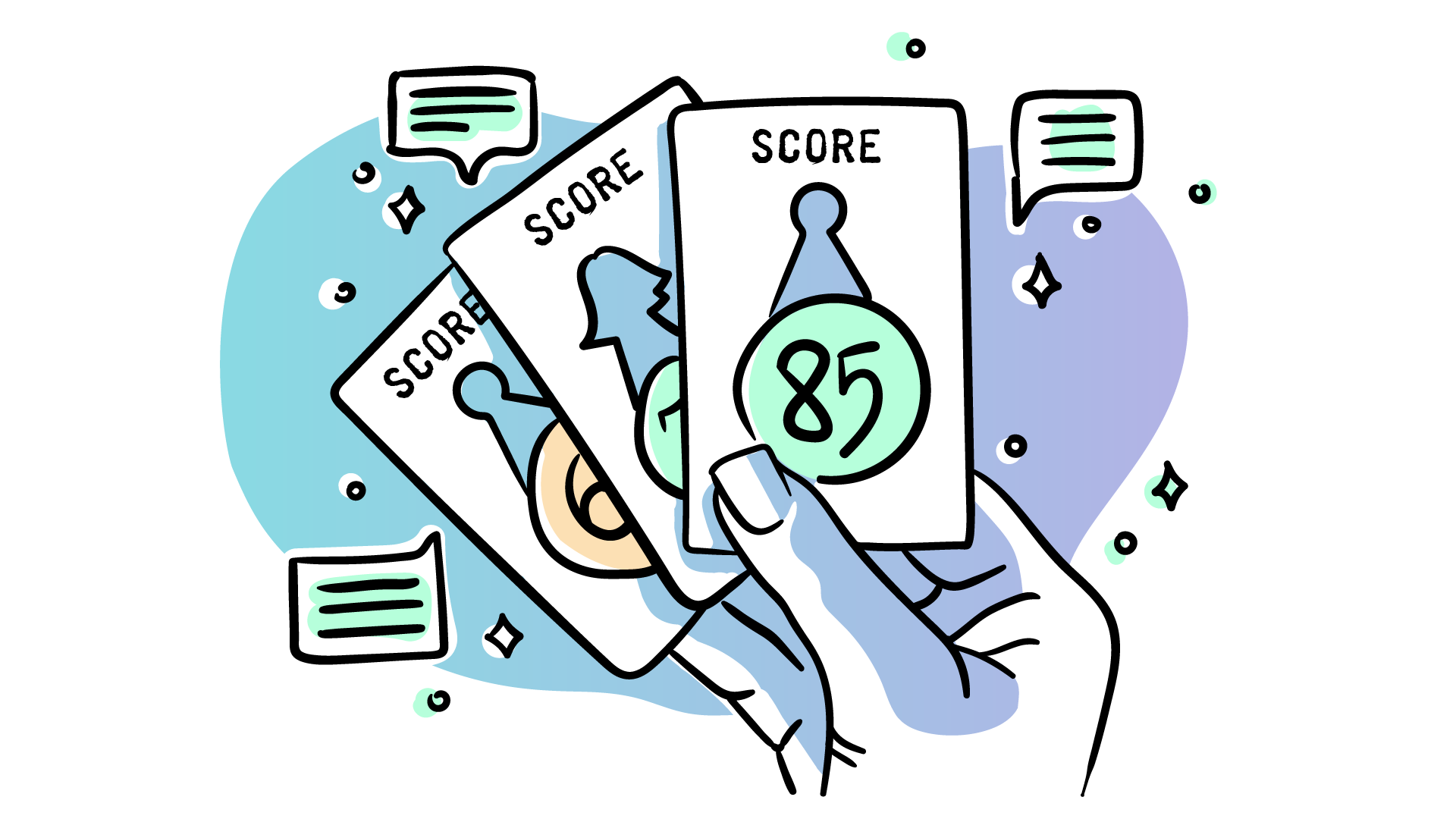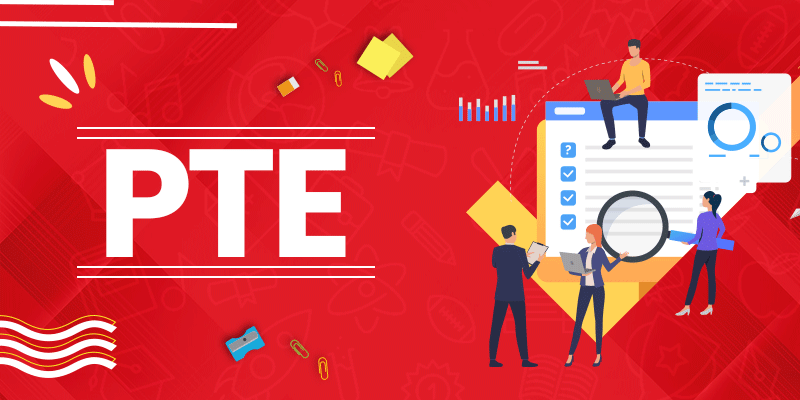Speaking in front of AI in the Pearson Test of English (PTE) and speaking in front of an invigilator in the International English Language Testing System (IELTS)
Let us explore these distinctions:
Format:
PTE: The speaking component of the PTE frequently involves speaking into a microphone while engaging with a computer-based system. The aspirants must respond orally to the prompts which are displayed on the computer screen within the given time.
IELTS: A face-to-face interaction with a human invigilator will take place during the IELTS speaking test. IELTS speaking can feel like a natural interaction, similar to real-life encounters.

Interaction Style:
PTE: The engagement with the AI is more organized and prompt-driven. You listen to recorded instructions or questions and answer them straight into the microphone.
IELTS: Interacting with an invigilator in IELTS seems more like a natural discussion. The invigilator may ask follow-up questions depending on your replies, allowing for a more dynamic dialogue.
Prompt Delivery:
PTE: Prompts are pre-recorded and played by the computer. You may hear a beep or a tone indicating when you should begin speaking.
IELTS: The invigilator offers the cues and questions more naturally. They can provide clarifications and rephrases if you don’t understand a question.
![]()
Evaluation Process:
PTE: Artificial intelligence systems evaluate your verbal answers. To assess a score, they assess characteristics like pronunciation, fluency, vocabulary, and content.
IELTS: Human invigilators assess your speaking ability. They account a wide range of variables, including clarity, coherence, lexical resource, grammatical range, pronunciation, and the capacity to converse.
Real-time Feedback:
PTE: After finishing the speaking segment, some computer-based language competency exams, including PTE, give instant results and feedback.
IELTS: In IELTS, the aspirants do not get a feedback during the test. The scores are received later, typically within a few days of completing the test.
Emotional Connection:
PTE: AI lacks emotional intelligence and empathy, which can have an influence on the whole experience and the sense of being understood.
IELTS: Interacting with a real invigilator gives a more authentic conversational experience and emotional connection.
In conclusion, speaking in front of AI in the PTE and an invigilator in the IELTS provide diverse experiences.
While PTE’s AI-powered technology offers organized and prompt-driven interactions with immediate feedback, IELTS always emphasizes natural communication, emotional connection, and a comprehensive evaluation procedure.
Both formats assess your language skills, but your preference might depend on the level of human interaction you desire and the evaluation method you find more reliable.





















